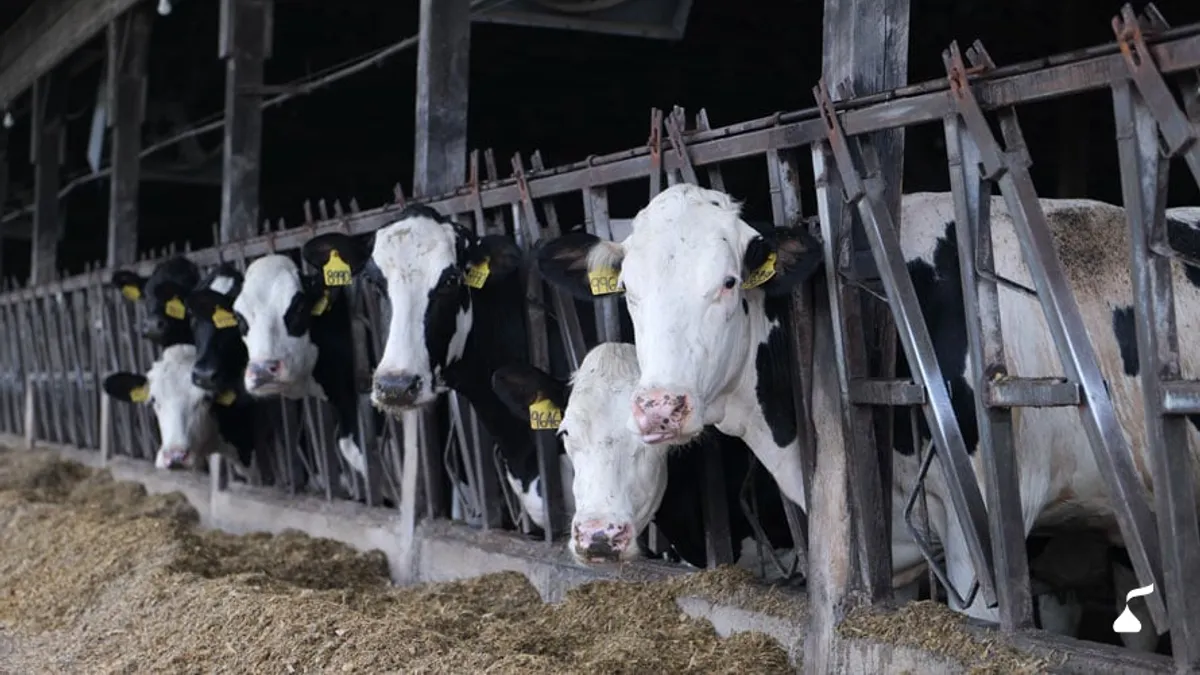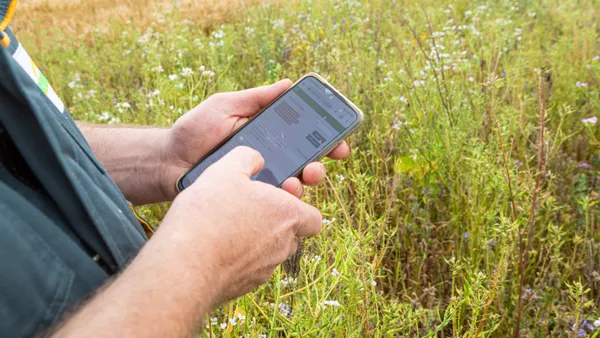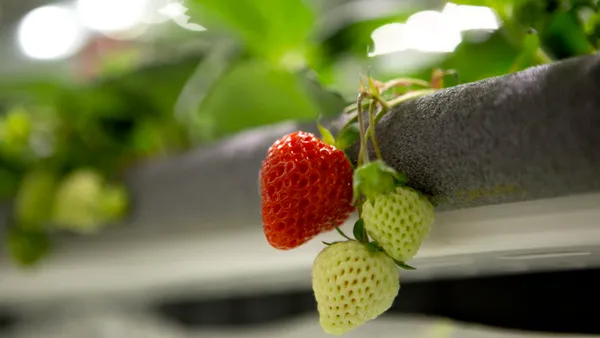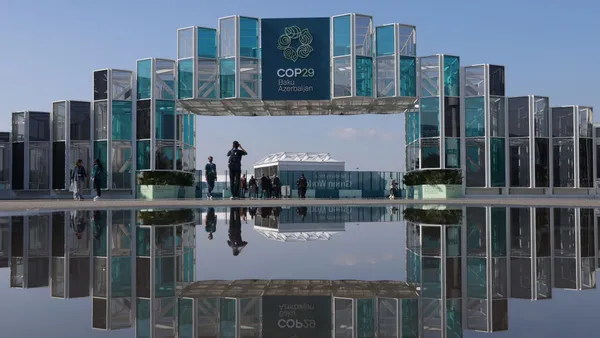You probably already know that Hershey relies on thousands of cows to produce fresh milk for many of our chocolate products—17,000 cows a day, to be more exact, transported from within 100 miles of our Hershey, Pennsylvania factories.
But did you also know that many of those cows benefit from Hershey products? Their feed is made from discarded Hershey products that would otherwise go to landfills. It’s called “candy meal,” and it’s something that our team, and our supplier partners at Cargill, who take the waste and make the feed, are incredibly proud of.
Innovation meets sustainability
The Hershey Company has been committed to protecting the environment since its founding when Milton Hershey viewed waste from manufacturing as an opportunity to innovate. Every day, our plants in Hershey amass candy waste as part of the food-making process. To help us significantly reduce the amount of waste going to landfills, we approached Cargill, one of our top suppliers, to see if they’d be interested in partnering to put this candy waste to use. Sugar is a digestible energy source for cattle and other animals. Could Cargill upcycle our discarded candy and add it to nutritious food to nourish livestock?
This was no small ask. We had a lot of waste product to transform, and it was in varying states: some of the candy was wrapped, some wasn’t, and it needed to be sorted and processed. We knew we needed a partner with the technology and sophistication to carry out those tasks and keep safety and quality top of mind. Hershey is a consumer-centered company built on trust, which we prioritize, whether putting products on the shelf for human consumers or returning food waste to the broader supply chain for the animal consumer.
Cargill has been the ideal partner for this important initiative since 2011. Every year, at their plant in Chambersburg, Pennsylvania, the team takes thousands of pounds of candy—Hershey’s, Reese’s, Kit Kat® and other products—and removes any wrappers. They recycle the cardboard the waste came in and ship any wrappers to an incinerator, where they’re converted to energy. After the candy products dry out, it’s pulverized into a mountain of chocolatey powder called candy meal. The Cargill team mixes the candy meal with other ingredients to balance the food blend, and they test for quality before it’s delivered to hundreds of farms across the northeast.
Darryl Reiner, a senior merchant at Cargill who works with us on the candy meal product, describes it like this: “Candy is an ideal substitute for sugar,” he explains. “Our software plugs in all the specs, and it gives back a diet replacing sugar with this byproduct.”
A virtuous cycle
Our candy meal project truly is a win-win. It diverts tens of thousands of pounds of chocolate waste from landfills; it feeds cows, pigs and other animals a nutritious blend of calories; and it saves farmers money, considering sugar prices have surged. It also shows that our suppliers aren’t just suppliers, they’re strategic partners.
I’ve been working at Hershey for 23 years, and I love being a part of innovative initiatives like these. Our company was founded on the premise of doing well by doing good. Today, more than 125 years after our founding, we’re continuing to find ways to do the right thing for our customers, for our partners and the environment.
When Milton Hershey chose Hershey, Pennsylvania to build his business, it was because of the area’s agriculture—namely, the access to dairy cows. Today, that’s as important as ever. And I like to think that when those Pennsylvania cows enjoy Hershey products, our own milk chocolate may just be a little bit sweeter for it.











